When shopping for a hot tub, it’s easy to focus on size, shape, or the number of jets. However, the power supply is one often-overlooked factor that can make or break your experience. The decision between a 13-AMP (plug-and-play) or a 32-AMP (hardwired) hot tub will affect the installation, energy usage, performance, and comfort.
If you're standing in a showroom wondering why some hot tubs plug into a regular wall socket while others require serious electrical work, or if you're trying to figure out which setup makes sense for your home and lifestyle, this comprehensive guide will give you the clarity you need to make the right decision.
Let’s get started!
What is a 13-amp Hot Tub?
A 13 amp hot tub is designed to operate on a standard UK household electrical supply. These models are engineered to work within the 3kW power limit of a standard 13A circuit, as they use the same type of three-pin plug you'd find on any major appliance.
The hallmark of 13-amp hot tubs is their plug-and-play setup. Unlike their higher-powered counterparts, these models can be delivered, positioned, filled with water, and plugged into a standard outdoor electrical socket, often the same day. This simplicity makes them appealing to first-time hot tub buyers who want to avoid the complexity and cost of electrical installations.
Here’s an example from H20 hot tubs:
Most 13 amp models feature a 2kW heater, the largest heating element that can operate efficiently within the power constraints. This affects heating speed, so expect your hot tub to take 24-48 hours for the initial heat-up from cold, depending on ambient temperature and tub size.
The 13A models are most common among inflatable and compact hot tubs, though some solid shell spas also operate on 13 amp power.
If you’re curious how specific brands stack up, read our H2O Hot Tubs review (expert tested) to see real‑world performance insights.
Benefits of a 13-Amp Spa
The primary advantage of 13-amp hot tubs is their lower upfront installation cost. While a 32 amp installation might require £500-£1,500 in electrical work, a 13 amp model usually eliminates this expense. You simply need access to a suitable outdoor electrical socket, which many homes already have or can add inexpensively.
From a running cost perspective, 13-amp models often consume less power per operating hour. The 2kW heater, while slower, draws less electricity than larger heating elements. However, this can become a disadvantage because the longer heating times result in higher overall energy consumption in some scenarios.
Limitations of 13-Amp Hot Tubs
The most apparent limitation of a 13A hot tub is slower heating and reheating. Models with a 2kW heater simply cannot compete with higher-powered alternatives. The long heating times can become frustrating if you live in a cold climate or want to use your hot tub year-round. Imagine wanting a quick evening soak but realising your water temperature dropped several degrees during a chilly day – you might have to wait long hours to recover.
Limited power means weaker jets and fewer features. In most 13-amp models, the jets and heater cannot operate simultaneously at full power. This means you often must choose between maintaining water temperature and enjoying a proper massage experience. The jets might feel less invigorating during use than you'd expect from a premium spa experience.
For instance, a 13-amp model might include 20–30 jets powered by a single, low-horsepower pump. The result is a mild bubbling effect rather than the vigorous hydrotherapy provided by multi-pump systems found in 32 amp models. If you’re hoping for a spa that helps with muscle recovery or offers a high-end massage feel, this limitation can be a dealbreaker.
Lastly:
Cold climate doesn’t work well for 13-amp models. In temperatures below 5°C these tubs work overtime just to hold the heat Heat-up times can extend to several days. If you live in Scotland, northern England, or any area with harsh winters, a 13-amp model might spend more time heating than being enjoyed.
What Is a 32-Amp Hot Tub?
A 32-amp hot tub requires a dedicated 32A electrical circuit, which must be installed by a qualified electrician and typically involves a hard-wired connection directly to your home's electrical panel. It provides up to 7.7kW of available power, a massive increase over the 3kW limitation of 13 amp models. This extra power lowers the heat-up time and allows the heater and pump to run simultaneously.
Most models feature 3kW or larger heaters and are often paired with circulation pumps, jet pumps, lighting systems, and advanced control electronics. Unlike the 13-amp hot tub, you’d need a professional installation for 32-amp models.
Benefits of a 32-Amp Spa
One of the biggest advantages of a 32 amp hot tub is the ability to simultaneously run all systems, including jets, heater, lights, and extras, without compromise. Unlike 13-amp models, where you may have to choose between running the jets or keeping the water warm, a 32-amp spa delivers the full experience continuously. You get strong hydrotherapy jets, consistent heat, and ambient lighting all working together for a relaxing soak.
For example, this H20 Retreat Bay XL 6 Person Hot Tub comes with a 3kW heater and 67 jets:
These spas also heat up much faster. While a 13-amp hot tub might take up to 48 hours to reach your desired temperature from cold, a 32-amp model can get there in as little as 8 to 12 hours, even in colder weather. And when it comes to daily use, temperature recovery happens in minutes, not hours.
Plus, 32-amp hot tubs often come with high-end features like smartphone app control, advanced filtration and water care systems, premium audio setups, and ultra-efficient pumps—everything you need for a home spa setup that feels more like a wellness stronghold than a backyard indulgence.
Before you commit to either option, check our hot tub buying guide for an overview of features, installation tips, and ownership costs.
Key Differences Between 13-Amp and 32-Amp Hot Tubs
Here are the key differences between a 13-amp and a 32-amp hot tub:
1. Power and Performance
The performance gap between 13 amp and 32 amp models extends far beyond heating speed.
-
Jet Strength & Massage Quality:
A 13-amp tub might power 20–30 jets with a single 1HP pump, giving you a light, soothing massage. A 32 amp model, on the other hand, can run multiple pumps totalling 3–5HP. That means stronger water flow, better hydrotherapy, and actual relief for sore muscles and stress.
-
Maintaining Temperature:
In colder weather, 13-amp models may lose heat when the jets are on because the heater isn’t powerful enough to keep up. A 32-amp spa can maintain your desired temperature no matter how long you run the jets or how cold it gets outside.
-
Simultaneous Operation:
With a 13-amp setup, using the jets might slow down heating or turn it off entirely. This can limit how long you enjoy the spa in colder seasons. A 32 amp tub runs everything at once: jets, heater, lights, and features.
2. Installation and Electrical Setup
A 13-amp spa can be unplugged and moved by at most four people. This makes it ideal for renters or those uncertain about long-term spa ownership. The electrical requirement is so simple that many homes already have suitable outdoor sockets.
On the other hand, a 32-amp installation involves permanent electrical infrastructure. The dedicated circuit, cable runs, and connection methods become part of your home's electrical system. While this provides superior performance and safety, it needs to be confined to a specific location.
3. Hot Tub Running Costs
Running cost comparisons reveal surprising complexity. While 13-amp models use less power per hour, they often run longer to achieve the same results. A 2kW heater running 12 hours might consume the same electricity as a 3kW heater running 8 hours, but the 3kW heater provides better temperature stability and user experience.
Climate also affects the time the hot tub takes to heat up. In summer, both models perform similarly from an energy perspective. In winter, 13 amp models can become energy inefficient as they struggle against heat loss, potentially running continuously just to maintain temperature.
Read more: 13 Amp vs 32 Amp hot tub running costs
4. Heater and Jet Specs
The heater and jet system play a huge role in how quickly your hot tub heats up and how relaxing it feels once you're in.
-
Heating Capacity:
In a 13 amp model, the 2kW heater raises water temperature by about 1.5–2.5°C per hour, but that’s under ideal conditions. In colder weather, it often performs below that rate, making it harder to plan spontaneous spa sessions.
By contrast, a 32 amp hot tub usually features a 3kW or higher heater, raising the temperature by 4–6°C per hour. That means less waiting and more soaking, even on short notice.
-
Jet Power and Flow Rate:
The jet pump setup is where the massage experience really changes. Most 13 amp tubs have a single pump that delivers around 15–30 gallons per minute (GPM). That’s enough for a gentle massage.
A 32 amp spa can have multiple pumps delivering a combined 50–100+ GPM. The result? Stronger water pressure, better coverage, and a hydrotherapy experience that actually relieves tension and soothes muscles.
-
Water Circulation and Filtration:
32-amp spas often come with more powerful circulation systems, which means cleaner water with less effort. They filter more effectively, reduce chemical use, and improve water clarity and hygiene. That’s a win for both convenience and comfort.
Comparison between 13 Amp and 32 Amp Hot Tubs
|
Feature |
13 Amp Hot Tub |
32 Amp Hot Tub |
|
Installation Cost |
£150-£450 |
£200-£750 |
|
Set up time |
Same day |
4 - 20 hours |
|
Jets + Heater Simultaneously |
Limited/No |
Yes, full power |
|
Portability |
High |
None (hardwired) |
|
Professional Installation |
Optional |
Required |
|
Electrical Requirements |
Standard 13A socket |
Dedicated 32A circuit |
|
Best for |
Beginners, seasonal use |
Daily use, cold climates |
Which Hot Tub Is Right for You?
Choose a 13-Amp Hot Tub If...
-
You want plug-and-play convenience over premium performance. This includes renters who can't modify electrical systems, homeowners avoiding major installations, or anyone who wants to start enjoying their spa immediately without contractor coordination or significant upfront electrical costs.
-
You're a first-time buyer testing hot tub ownership before committing to a premium installation. Many successful spa owners started with 13-amp models, learned their preferences, and then upgraded to 32-amp systems after confirming their long-term interest.
-
You have limited space or need a temporary installation. This would be helpful for vacation homes, rental properties, or situations where you might relocate the spa.
-
Seasonal or occasional use matches the performance characteristics of 13-amp models. The heating limitations become less problematic if you primarily plan spring and summer usage or weekend relaxation rather than daily therapy.
Choose a 32-Amp Hot Tub If...
-
You want the complete luxury spa experience without compromise. This means therapeutic jet pressure, instant availability, and premium features that justify the higher investment through superior daily enjoyment and stress relief benefits.
-
Cold-weather operation is essential for year-round enjoyment. If you live in areas where winter temperatures regularly drop below 5°C, the superior heating capacity of 32 amp models often makes the difference between usable and unusable spa periods.
-
Daily or frequent use justifies the performance investment. When your spa becomes a daily wellness routine rather than occasional entertainment, the convenience of fast heating and powerful jets provides ongoing value that exceeds the installation cost difference.
-
You have multiple users or larger capacity needs. Families with teenagers, couples who entertain frequently, or anyone planning 4+ person usage will appreciate the faster recovery times and more robust systems of 32 amp models.
-
You're investing in a premium spa that warrants appropriate electrical infrastructure. If you're purchasing a spa costing £8,000+, the additional £1,000-£1,500 for proper electrical installation represents sound investment protection and performance optimisation.
Tip: You can install a 32-amp electrical infrastructure initially while starting with a 13-amp spa. This strategy provides immediate affordability while preserving upgrade options, though it does require the upfront electrical investment.
Tips to Keep Your Hot Tub Energy Efficient
Here are some tips to keep your hot tub energy efficient:
1. Invest in a High-Quality Thermal Cover
Your hot tub cover is your first line of defence against heat loss. A premium cover, ideally 4 to 6 inches thick, with a tight seal and built-in vapour barrier, can cut heating costs by 60–80% compared to a thin, poorly fitted alternative. This applies to all hot tubs, but the savings are especially noticeable on 13-amp models with limited heating capacity and struggling to recover lost heat quickly.
2. Adjust Temperature Settings Based on Your Model
How you manage water temperature should depend on the type of hot tub you own:
-
13 Amp Models:
These heat slowly, so it’s usually more efficient to maintain a consistent temperature even when not in use rather than letting the water cool down completely and reheating it.
-
32 Amp Models:
These heat much faster, so you can save energy by lowering the water temperature by a few degrees (2–3°C) during off-hours or weekdays, and quickly bringing it back up before use.
3. Upgrade Your Insulation
Improved insulation helps retain heat and reduces strain on the heater, but the value differs depending on your hot tub:
-
For 13 Amp Spas:
Extra insulation can make a huge impact by helping the tub retain more heat between sessions, which is crucial for models with lower heating power.
-
For 32 Amp Spas:
While these tubs already handle heat loss better, added insulation helps reduce how often the heater and pumps cycle on and off, boosting efficiency and extending the lifespan of components.
4. Stay on Top of Maintenance
Routine maintenance doesn’t just improve performance; it can directly reduce energy use:
-
Clean Filters: Dirty filters make your pumps work harder and use more power. Regular cleaning keeps things running smoothly and efficiently.
-
Balanced Water Chemistry: Proper chemical levels prevent scale buildup on heating elements, which can otherwise reduce heating efficiency.
-
Inspect Equipment Regularly: Catching minor issues early, such as air leaks or failing seals, keeps all systems working as intended and avoids unnecessary energy waste.
Conclusion
Start by honestly assessing your intended usage, climate conditions, and long-term commitment level. Choose the configuration that supports your realistic usage patterns rather than aspirational ones, and you'll enjoy years of satisfaction with your hot tub investment.
Remember: a well-chosen 13 amp spa that meets your needs provides infinitely more value than a 32 amp system that strains your budget or exceeds your actual requirements. Conversely, struggling with an underpowered system when you need reliable, daily performance wastes money and reduces enjoyment, regardless of the initial savings.
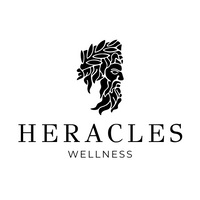

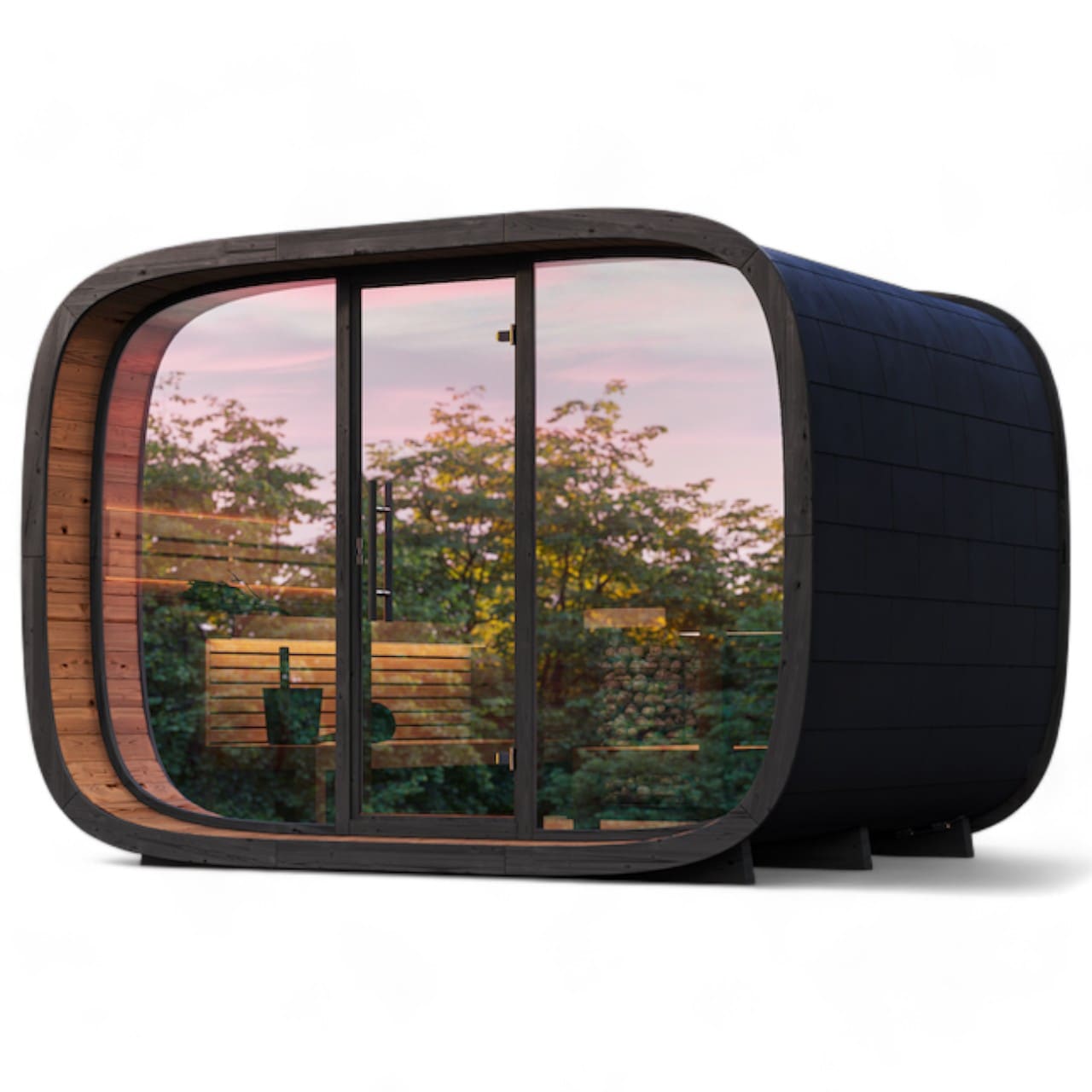
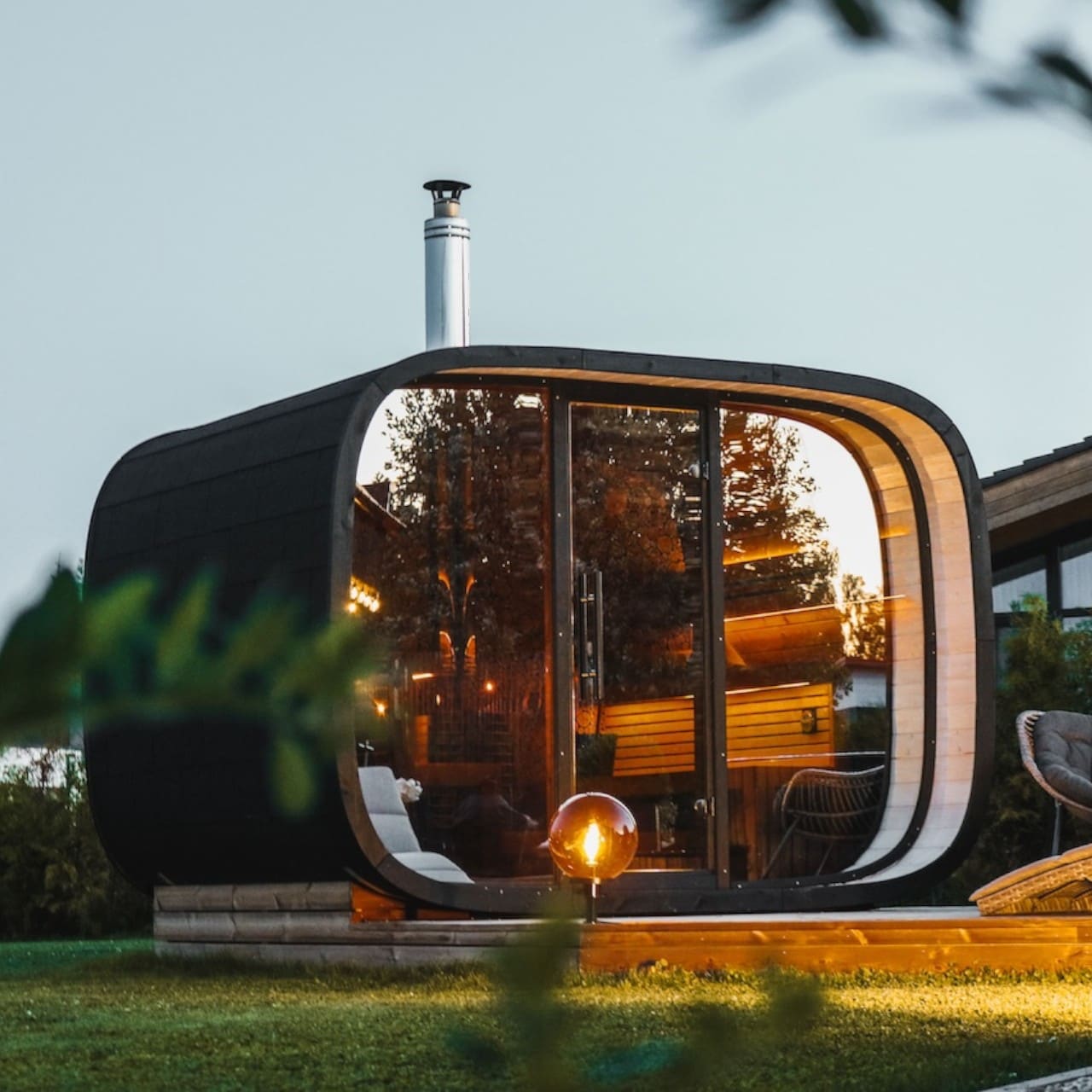
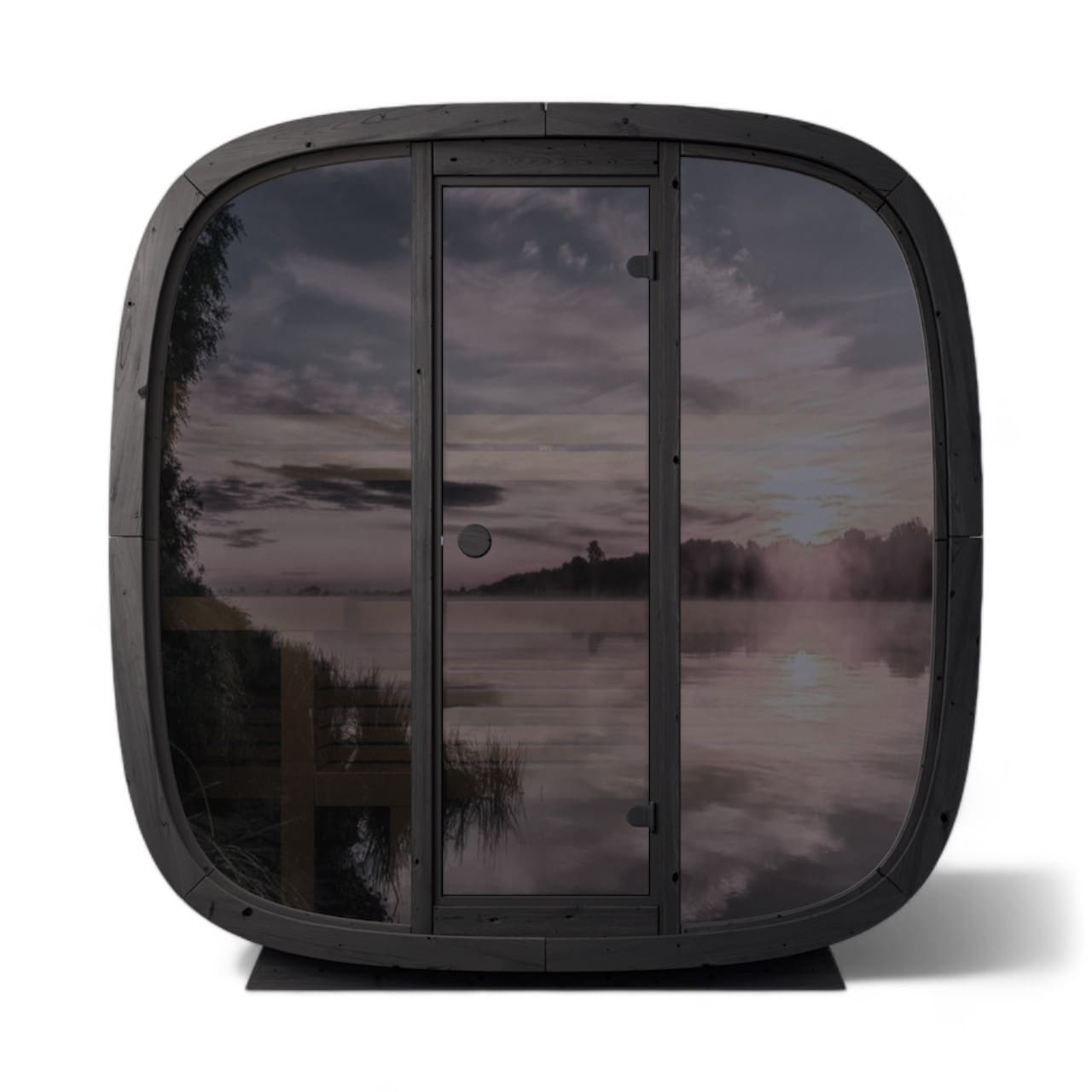
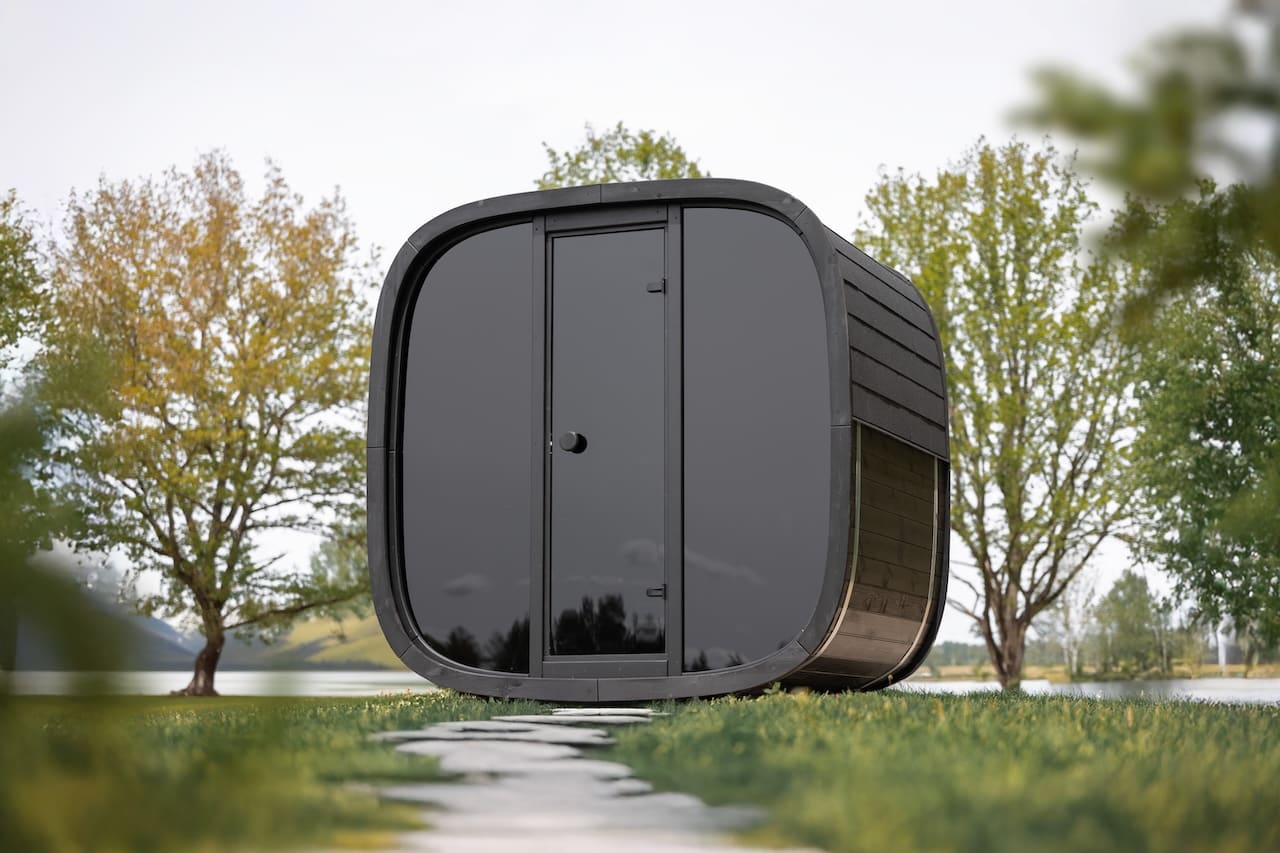
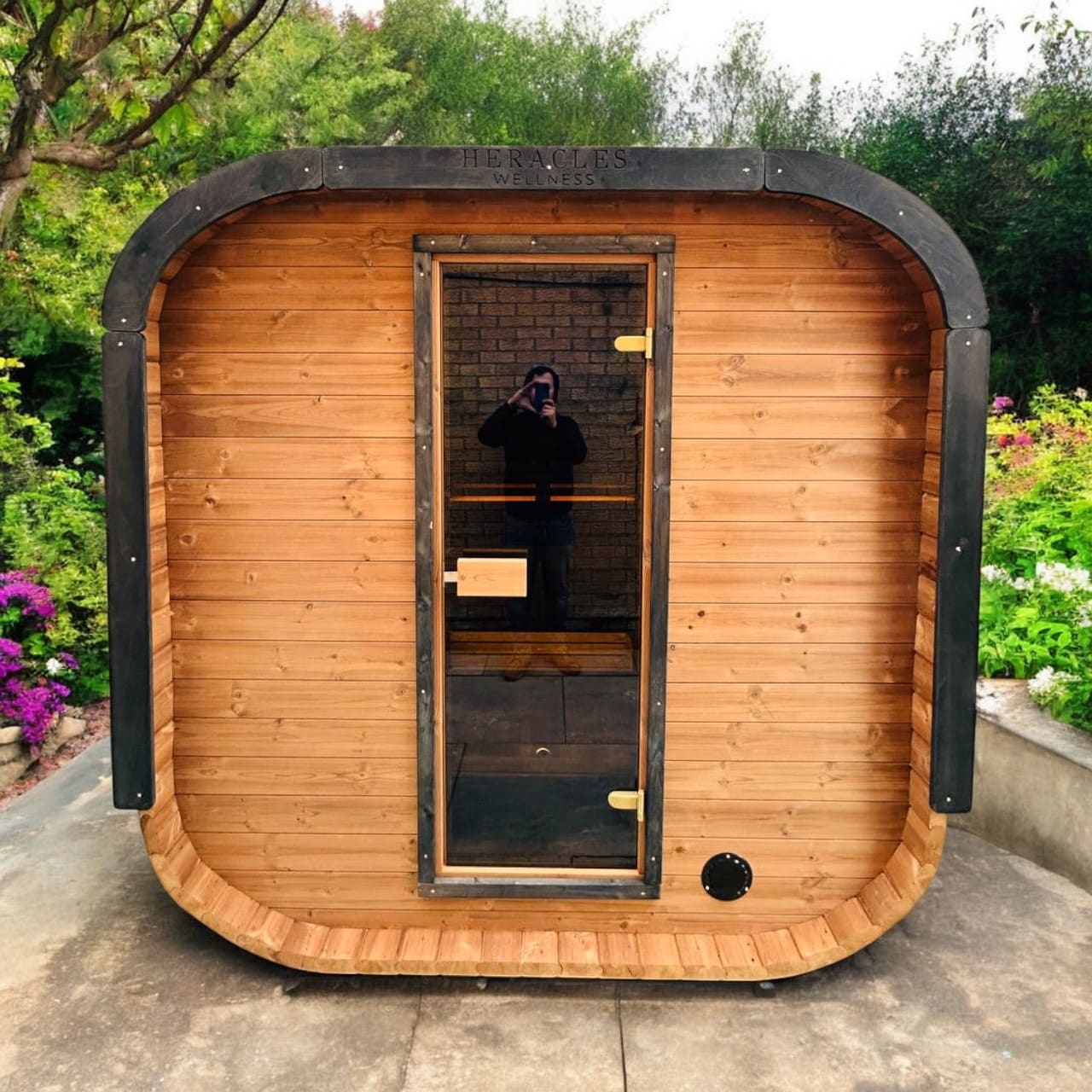

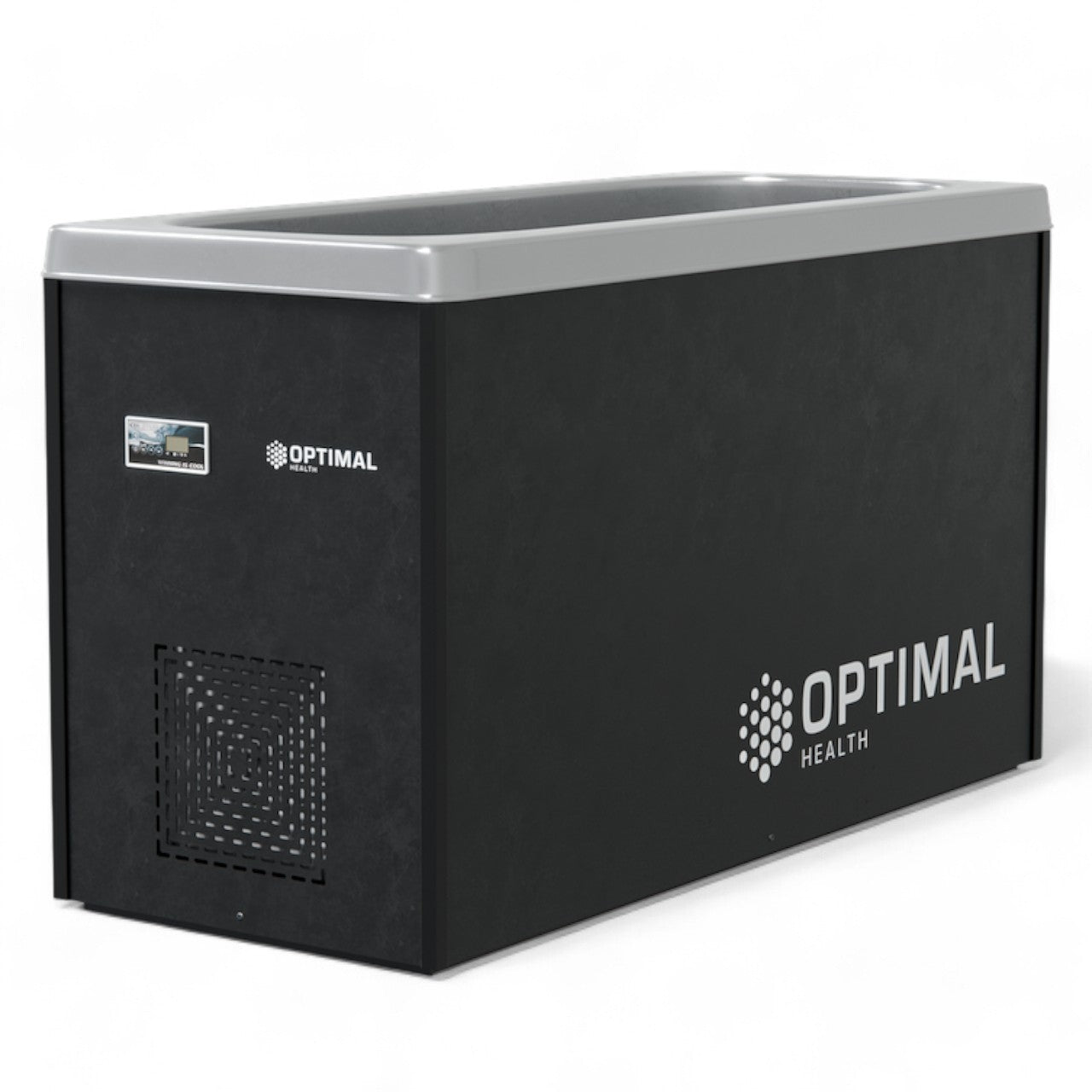
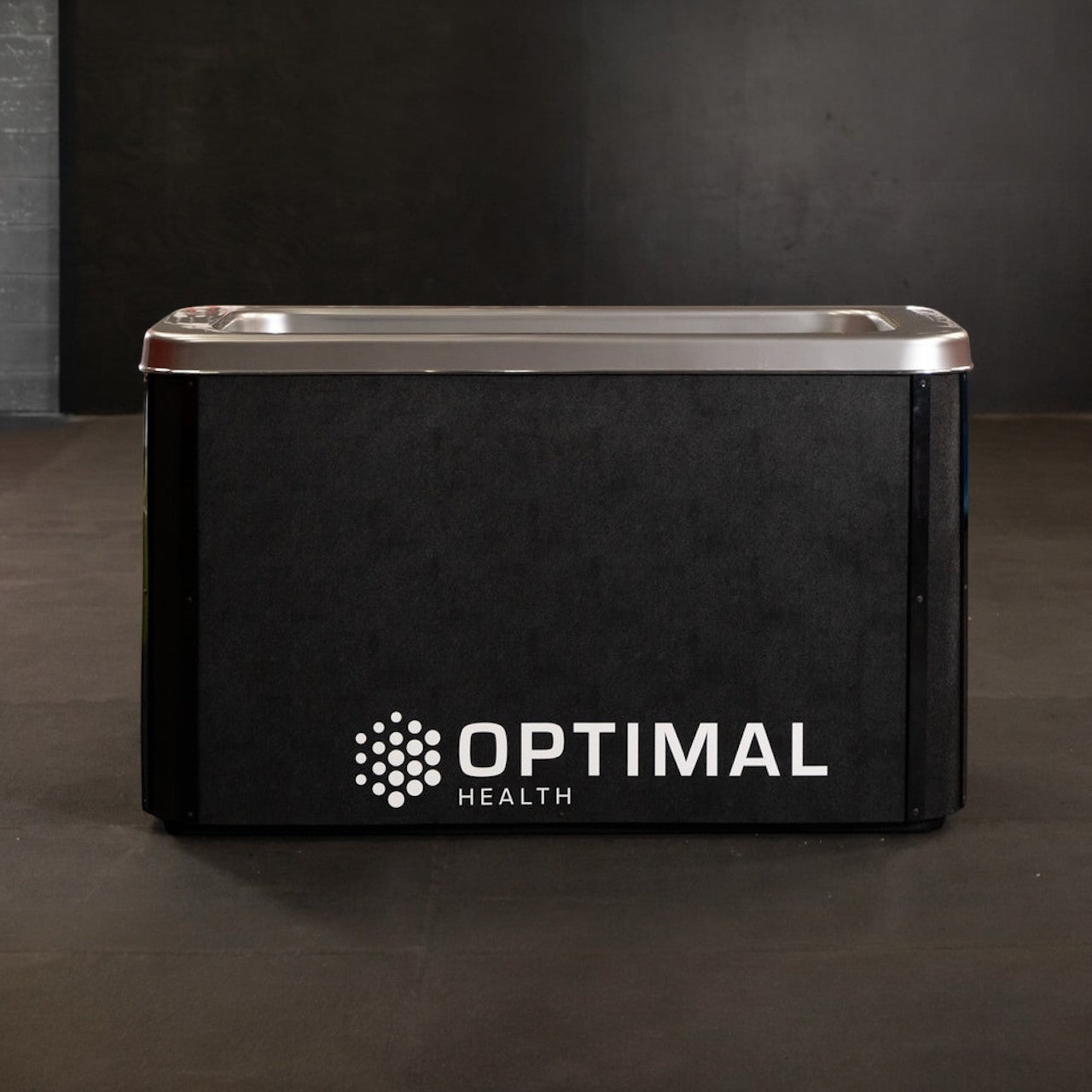
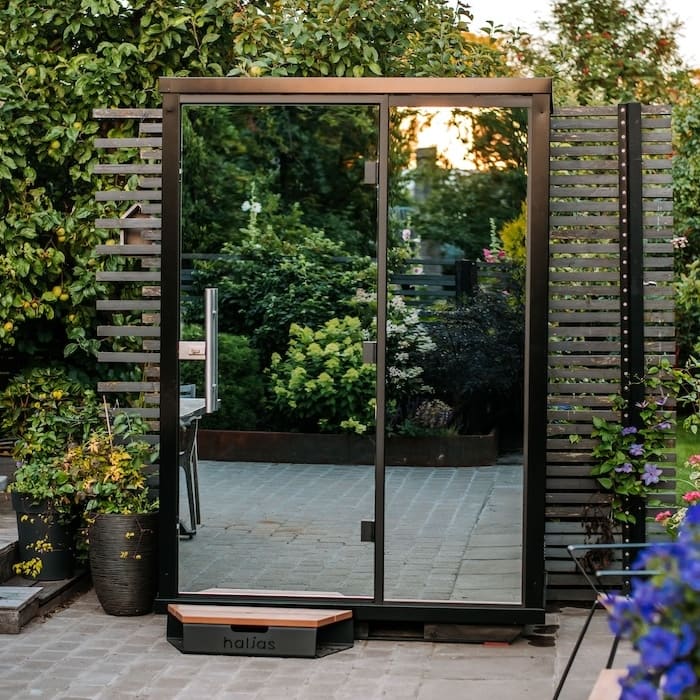
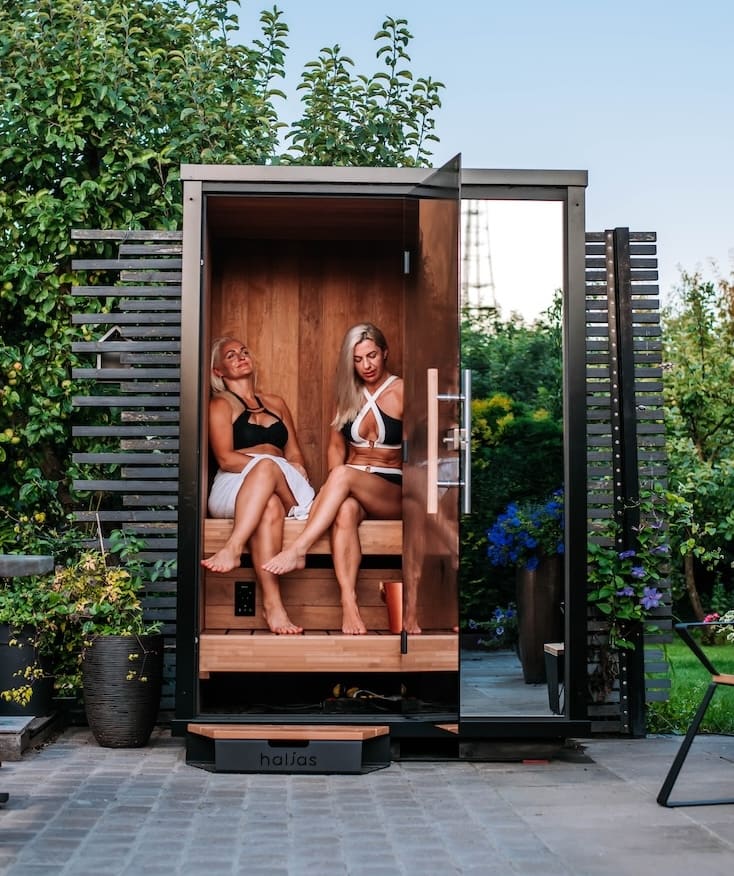
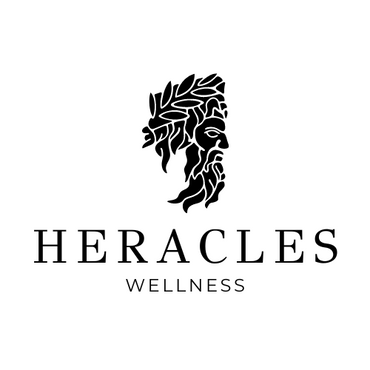

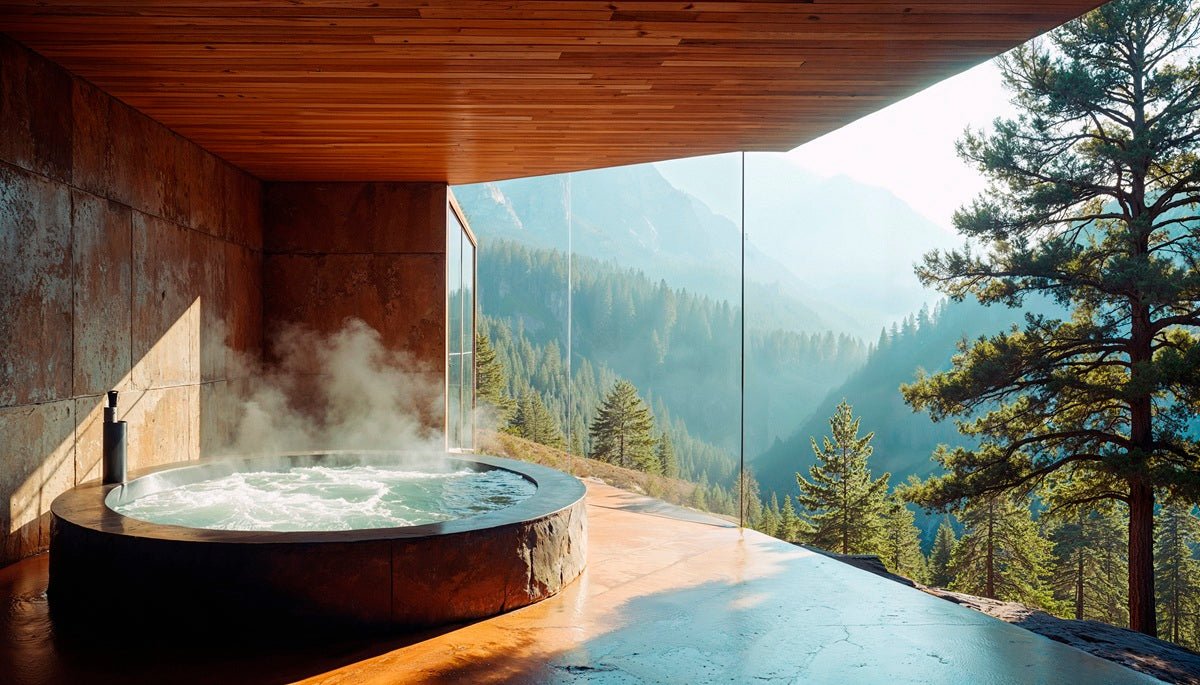
Leave a comment